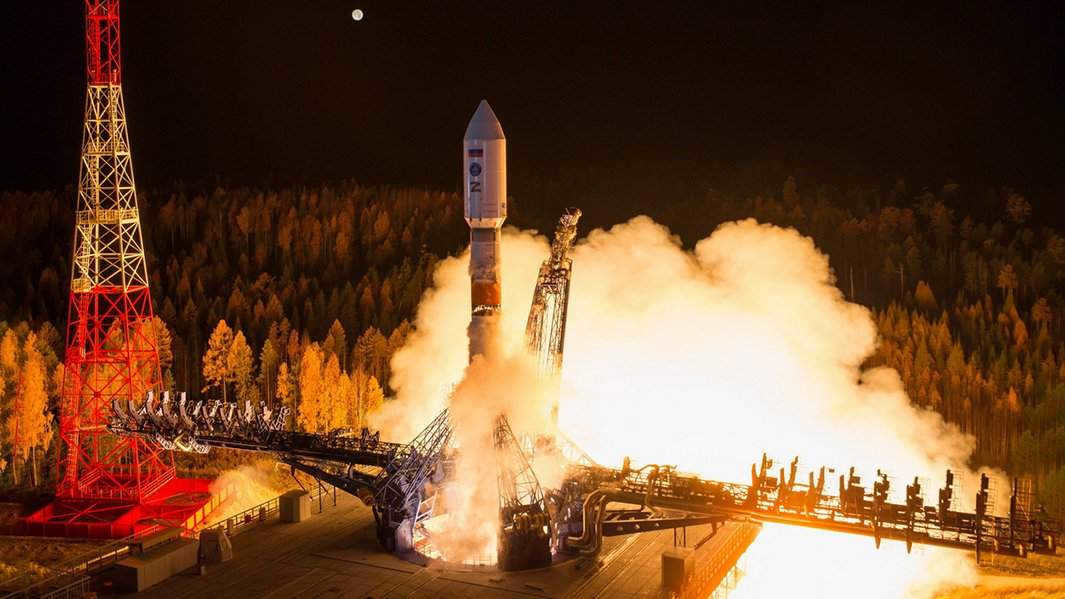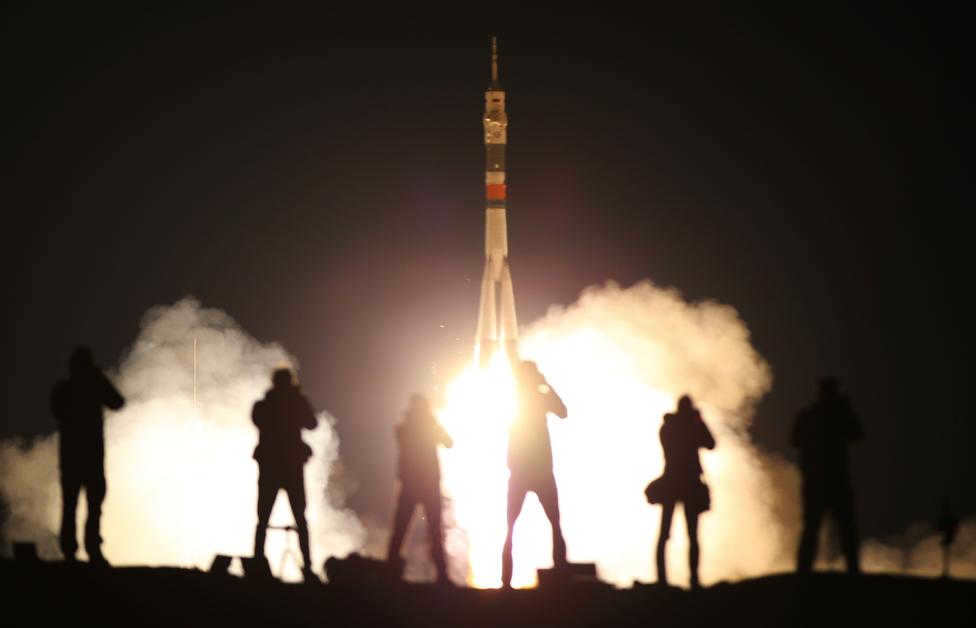
On October 4, 1957, the Soviet Union achieved a groundbreaking milestone by successfully launching the world’s first artificial satellite. This historic event marked the beginning of human exploration of outer space.
In honor of the 60th anniversary of this significant achievement, the team at TASS-DOSSE has prepared a detailed article highlighting the history of the Soviet rocket and space program.
Tsiolkovsky and the beginnings of rocket development in the Soviet Union
Konstantin Tsiolkovsky (1857-1935), a renowned Russian scientist, is widely recognized as the pioneer of practical space exploration. He was the first to propose the concept of space travel.
In his seminal work “Dreams of Earth and Sky and the Implications of Universal Gravitation” (1895), Tsiolkovsky articulated his vision: “Even since my early years, I have envisioned the path to reaching space. It lies in the centrifugal force and swift motion.” Subsequently, he extensively elaborated on the theory of space flight and designed rockets specifically tailored for atmospheric research.
Tsiolkovsky’s concepts started to come to life in 1933 with the testing of an experimental hybrid-fueled rocket called GIRD-09 by engineers from the Moscow Jet Propulsion Research Group (GIRD), led by Sergei Korolev and designed by Mikhail Tikhonravov. This rocket reached a height of 400 meters and remained airborne for a total of 18 seconds. However, in 1938, the development of liquid fuel rockets in the Soviet Union was halted due to Korolev’s arrest. It wasn’t until 1945 that he was able to resume his work on ballistic missiles.
Creation of the Rocket and Space Industry
Following the conclusion of the Great Patriotic War, the Soviet Union gained possession of various parts of the German ballistic missile, known as the “Fau-2” (V-2). These missiles, also referred to as the “Weapon of Retaliation – 2,” were acquired along with a production facility located near Nordhausen. Initially, the factory was taken over by the U.S. military, who removed all assembled missiles. However, it was later handed over to the Soviet zone of occupation in Germany in exchange for West Berlin.
On May 13, 1946, the Council of Ministers of the USSR issued a confidential decree numbered 1017-419ss titled “Matters regarding rocket weapons.” This decree outlined the formation of a dedicated committee on rocket technology under the leadership of Deputy Chairman of the Council of Ministers, Georgy Malenkov. Additionally, the document called for the establishment of research institutes (NII), design bureaus (KB), and test sites dedicated to the development and testing of rocket technology.
The Special Design Bureau of NII-88 was responsible for the formation of Department No. 3 in August of the same year, which was led by Korolev and focused on developing long-range ballistic missiles. In April 1950, the department was reorganized into the Special Design Bureau No. 1 (OKB-1) of NII-88. Later, in August 1956, OKB-1 and Experimental Plant No. 88 became independent from NII-88 and formed an autonomous organization (later known as TsKBEM, NPO Energia, and currently S.P. Korolev Rocket and Space Corporation Energia).
The specialists at OKB-1 successfully constructed a ballistic missile based on the components of the German “Fau-2” and conducted a launch on October 18, 1947. The replica of “Fau-2” flew a distance of 247 kilometers, reaching an altitude of 86 kilometers.
Korolev’s design bureau created the R-1 rocket using materials sourced domestically, based on the German rocket. Starting from 1950, Korolev’s team, along with scientists like Valentin Glushko and Nikolai Pilyugin, conducted a thorough redesign after studying the flaws in the German design. Testing of the R-2 began in 1949, with its range increasing from 300 to 600 kilometers. In 1955, the Soviet Union successfully launched the R-5M (8K51) strategic ballistic missile, followed by the launch of the intercontinental R-7 (8K71) in 1957.
Despite the initial advantage of von Braun’s team, the Americans and their missile program lagged behind the Soviets until the mid-1950s. However, the U.S. leadership made several strategic errors. One such mistake was President Dwight Eisenhower’s decision to prohibit the use of the Jupiter-C ballistic missile, which was comparable to the Soviet Seven and had been launched almost a year earlier in September 1956.
The Vanguard rocket, specifically designed for space flight, turned out to be highly unreliable. As a result, the Americans had to restart their space launch program using the Jupiter-C rocket. A modified version of the rocket, known as Juno 1, was finally successful in placing the Explorer 1 satellite into orbit on February 1, 1958.
Commencement of the era of space exploration
On the 4th of October in 1957, a historic event took place as the first man-made satellite was successfully sent into space, propelled by a modified R-7 intercontinental ballistic missile, known as 8K71PS. This groundbreaking launch occurred at the 5th Scientific Research Test Site, which was under the supervision of the USSR Ministry of Defense, and is now known as the Baikonur Cosmodrome.
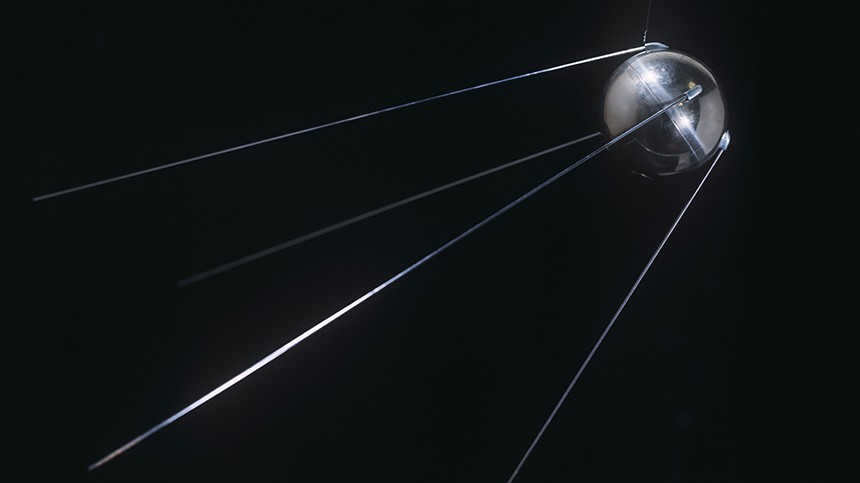
The launch of a small metal object emitting a radio signal has profoundly influenced the future course of scientific and technological progress on a global scale.
For centuries, humans have harbored aspirations of venturing beyond the confines of their home planet. However, these dreams remained largely theoretical until after the conclusion of World War II, when world powers began to prioritize the development of rocket technology. It was this focus that ultimately propelled humanity into the vast expanse of space.
To commemorate the 65th anniversary of the inaugural launch of an artificial satellite, 5-tv.ru presents the remarkable story of how Soviet scientists spearheaded the dawn of the space age.
German advancements
The development of rockets during the initial stages was greatly influenced by experts from the Third Reich. Unfortunately, their research was primarily focused on military applications rather than purely scientific exploration.
The efforts in this field began in the 1920s. Following Germany’s defeat in World War I, the country faced numerous limitations. As a result, the Germans were prohibited from developing solid-fuel rockets, which were extensively used in warfare at the time. However, the Versailles Peace Treaty did not mention anything about liquid-propellant rockets. This provided an avenue for local engineering innovation to explore. With Hitler’s rise to power, the work in this area continued and even expanded.
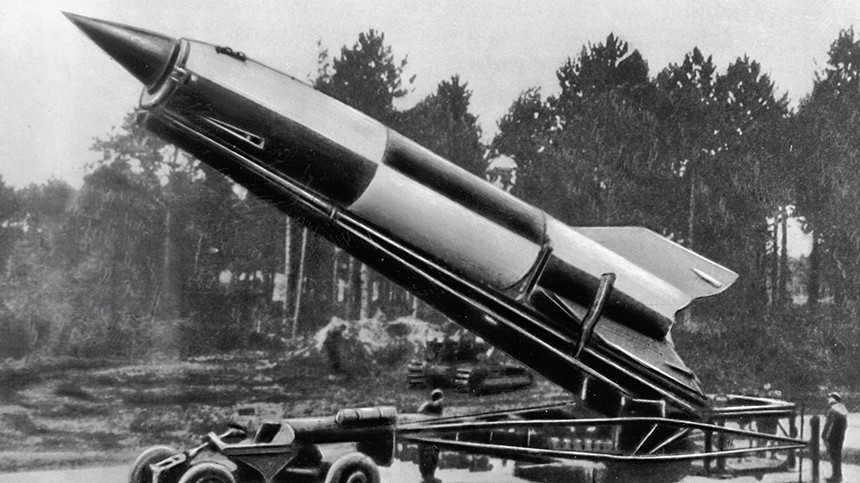
The FAU-2 (A-4) rocket, created by scientists of the Third Reich under the leadership of designer Wernher von Braun, gained worldwide recognition. Its inaugural launch occurred in 1942, and by 1944, it was being used as a “weapon of retaliation”. The FAU-2 had its limitations, with low accuracy and reliability issues, making it primarily utilized for civilian intimidation. However, it holds the distinction of being the first long-range ballistic missile in history and the first object to achieve a suborbital space flight.
The start of the rocket competition
The Germans were engaged in numerous promising advancements. Following the triumph of the anti-Hitler alliance in World War II, a significant portion of this research ended up in the possession of American and Soviet scientists. The initial achievements in missile technology were based on the knowledge gained from the former adversaries. The objective remained unchanged. The primary focus was on the military capabilities of these facilities. Following the conclusion of the war, the two superpowers developed nuclear weapons (the U.S. in 1945 and the USSR in 1949) and aimed to acquire the technology to deliver them during the escalating Cold War. Fortunately, there was still space for conventional scientific research.
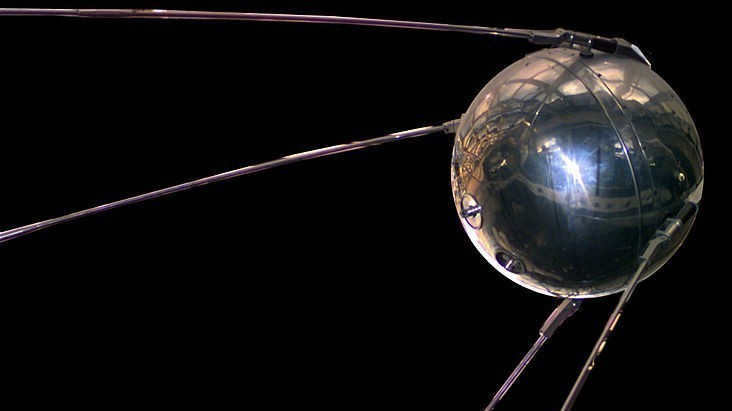
“Sputnik-1” – the birthplace of the Space Forces
The Americans managed to acquire a vast collection of documents and prototypes that were developed by Germany prior to 1945. Among them, they obtained Wernher von Braun and his team of scientists. Their contributions greatly contributed to the success of the initial decades of the U.S. space program.
The Soviet Union, on the other hand, only received a portion of the documents, blueprints, and mock-ups. They had to start their work practically from scratch. Leading this monumental effort was a division within the renowned NII-88 research institute, led by the exceptional designer Sergei Korolev. The team of Soviet scientists received assistance from German specialists.
Initially, the USSR acquired expertise in the Fau-2 missiles. The available models were completely disassembled in order to comprehend the operating principle of the German technology. Following this, they commenced the production of their own missiles, starting with the R-1. Its inaugural flight occurred on September 17, 1948, from the Kapustin Yar range. Due to a malfunction in the control system, it deviated from its intended trajectory by nearly 50 degrees. However, a few weeks later, the missile was launched successfully.
The R-1 was not intended for use in offensive operations against the enemy, as it had numerous drawbacks. Its primary purpose was to facilitate the acquisition of new technologies for the USSR. Concurrently, Soviet scientists were also working on the design of several other vehicles that boasted more impressive characteristics.
In the 1950s, design bureaus embarked on the creation of the renowned R-7 rocket, which served as the foundation for developing a launch vehicle for the initial artificial satellites. The testing phase commenced in May 1957, but initially encountered setbacks due to numerous design flaws impeding its intended objective. It was not until August 21, 1957, that the device successfully executed the flight plan for the first time.
"Sputnik-1" – the first step into space
The R-7 missile, the first intercontinental ballistic missile, was a groundbreaking development. Not only could it cover vast distances for a missile strike, but it also had the capability to launch a spacecraft into orbit. It was specifically used to launch Sputnik-1, a remarkable achievement spearheaded by the talented team led by Sergei Korolev. Despite its relatively simple design by modern standards, this 84-kilogram object made history.
The historic launch took place on October 4, 1957, at 22:28:34 Moscow time from the fifth research range of the USSR Ministry of Defense, known as “Tyura-Tam” (later Baikonur Cosmodrome). Within minutes, the triumphant signal of Sputnik-1 resounded in the air. Although the signal was received for only a brief couple of minutes, it marked a significant milestone as the spacecraft disappeared beyond the horizon.
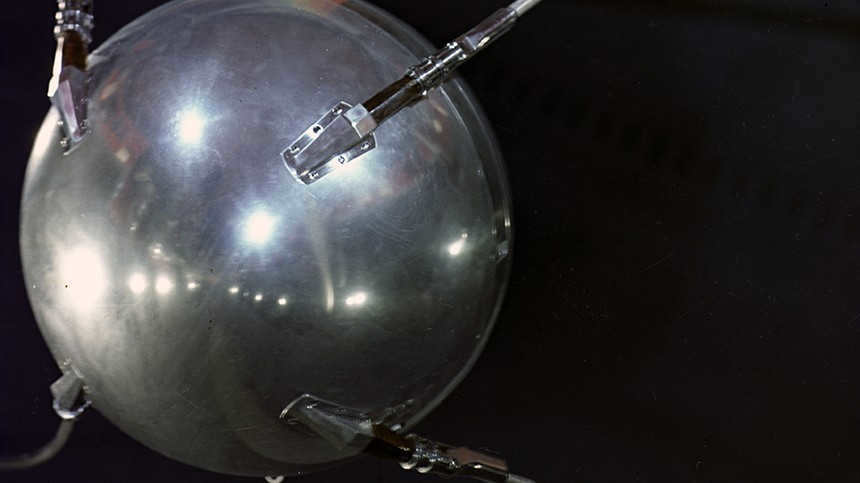

A replica of the original Soviet space satellite. © RIA Novosti / Alexander Mokletsov
The inaugural artificial satellite opened up new avenues for examining various phenomena encountered during spacecraft launches. Furthermore, it transmitted a signal that could be intercepted by any amateur radio operator worldwide. The instrumentation on board Sputnik-1 facilitated a thorough investigation of the upper layers of the ionosphere.
Further reading
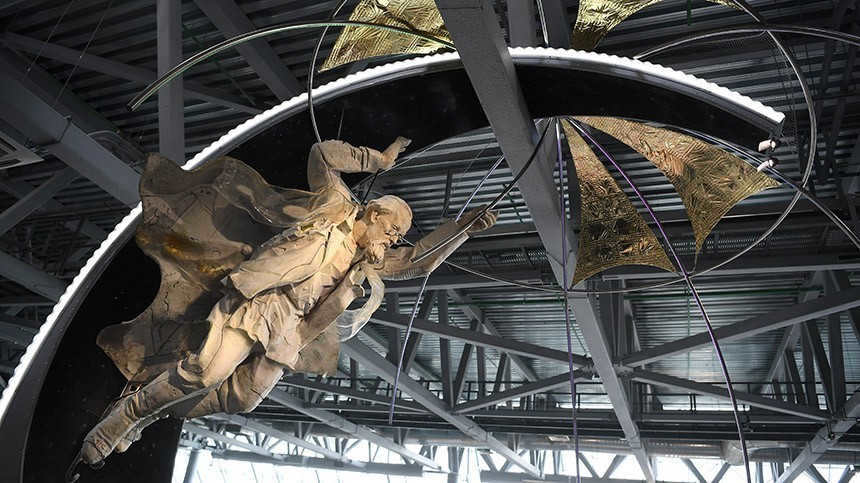
Unconventional, self-taught, and the pioneer of space exploration: the innovations of Konstantin Tsiolkovsky.
The contraption remained in orbit for a span of three months, during which it transmitted a radio signal for a duration of three weeks. Throughout its time in space, the satellite completed 1440 revolutions around the Earth. The journey concluded on January 4, 1958, as the satellite disintegrated upon entering the dense layers of the atmosphere.
While the scientific discoveries made by the device were noteworthy, its political implications were the most significant aspect of this event. The global community perceived this accomplishment as a monumental feat of science.
Global Response to the Launch of Sputnik-1
The successful launch of Sputnik-1 on October 4, 1957, showcased the impressive technological capabilities of the Soviet Union and initiated the Space Race, a fierce competition between the USSR and the United States in the realm of space exploration. In the quest for dominance, scientists from both nations accomplished remarkable feats, such as sending humans to outer space and landing on the moon. Additionally, this period saw the construction of numerous unmanned spacecraft designed to explore other celestial bodies.
Following the announcement of the triumphant launch of Sputnik-1 into orbit, the reputation of the United States took a massive blow. This nation had been dominating discussions about the first spacecraft launch, but it was the “backward” USSR that successfully carried out this ambitious mission. For quite some time, the Americans found themselves in the position of playing catch-up, even when it came to sending the first human into space.
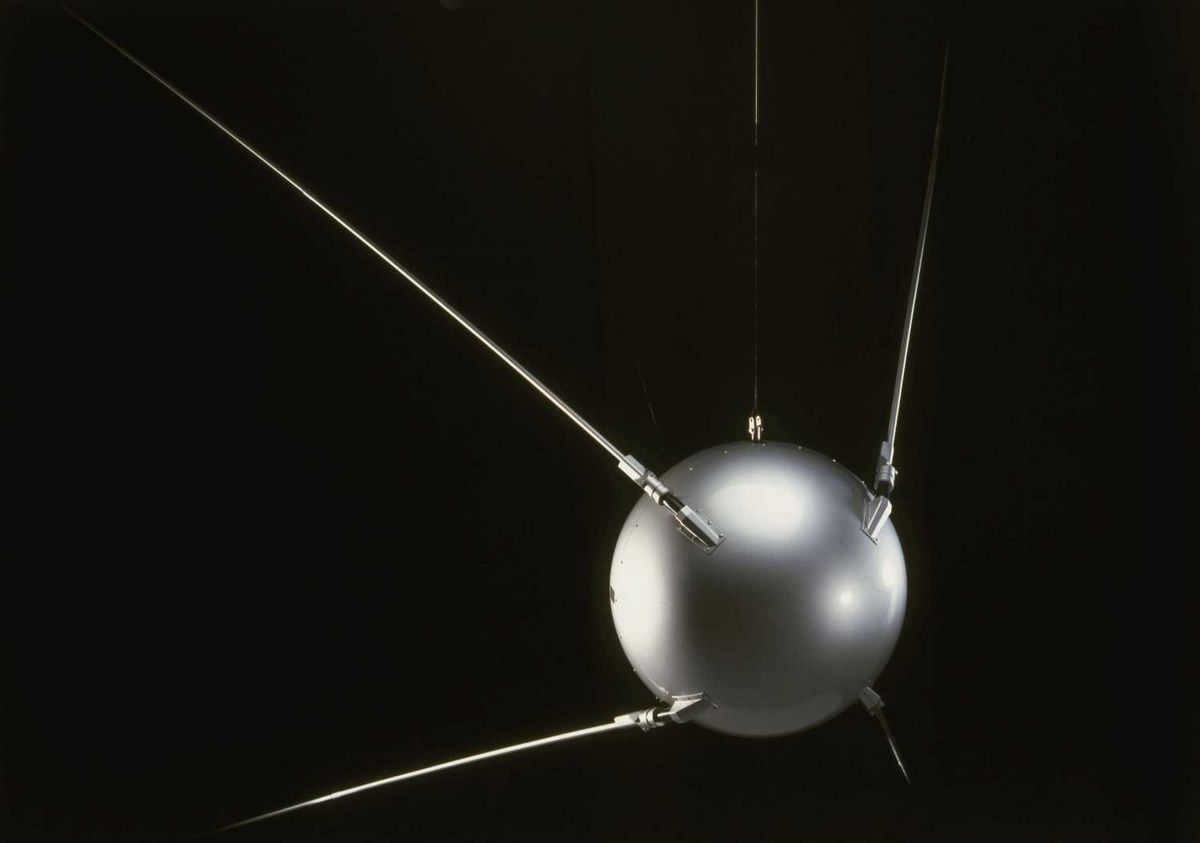
The Soviet Union launched the first artificial Earth satellite, known as Sputnik-1, on October 4, 1957 at 22:28:34 according to Moscow time. This historic event marked the official beginning of the space age. Sputnik-1 remained in orbit for a total of 92 days, during which it completed 1440 revolutions around the Earth.
On January 4, 1958, Sputnik-1 reentered the Earth’s atmosphere and burned up.
Living in weightlessness on the International Space Station (ISS) poses unique challenges for astronauts. They have to find alternative ways to perform everyday tasks such as washing, sleeping, and dealing with waste. Instead of using water to wash, astronauts utilize different techniques. They also have to adapt their sleeping arrangements to accommodate the lack of gravity. Waste management on the ISS involves disposing of waste in the atmosphere.
The primary information 65 years after the launch of Earth’s initial man-made satellite
– The satellite was coded as “PS-1” which stands for “Plain Sputnik-1”. This name was given because the satellite was indeed a simple device without any complex components. It had a basic appearance, resembling a regular aluminum ball with four antennas and equipment. The diameter was a mere 58 centimeters, and it weighed 83.6 kilograms. Its primary function was to transmit radio signals.
– The satellite operated using three silver-zinc batteries. Scientists initially estimated that these batteries would allow it to transmit radio signals for a duration of two weeks. However, it performed even better than expected, as Sputnik 1 continued to emit radio signals for a remarkable period of 22 days. Eventually, the batteries were depleted, and only then did the distinct “beep” signal cease.
– Regular individuals had the ability to track the satellite post-launch. They observed it using binoculars and intercepted radio signals if they had the necessary equipment. This was even done by amateur radio operators in the United States. “Sputnik 1 was visible from Earth both before sunrise and after sunset. On a global scale, it appeared as a small moving dot among a multitude of stars.
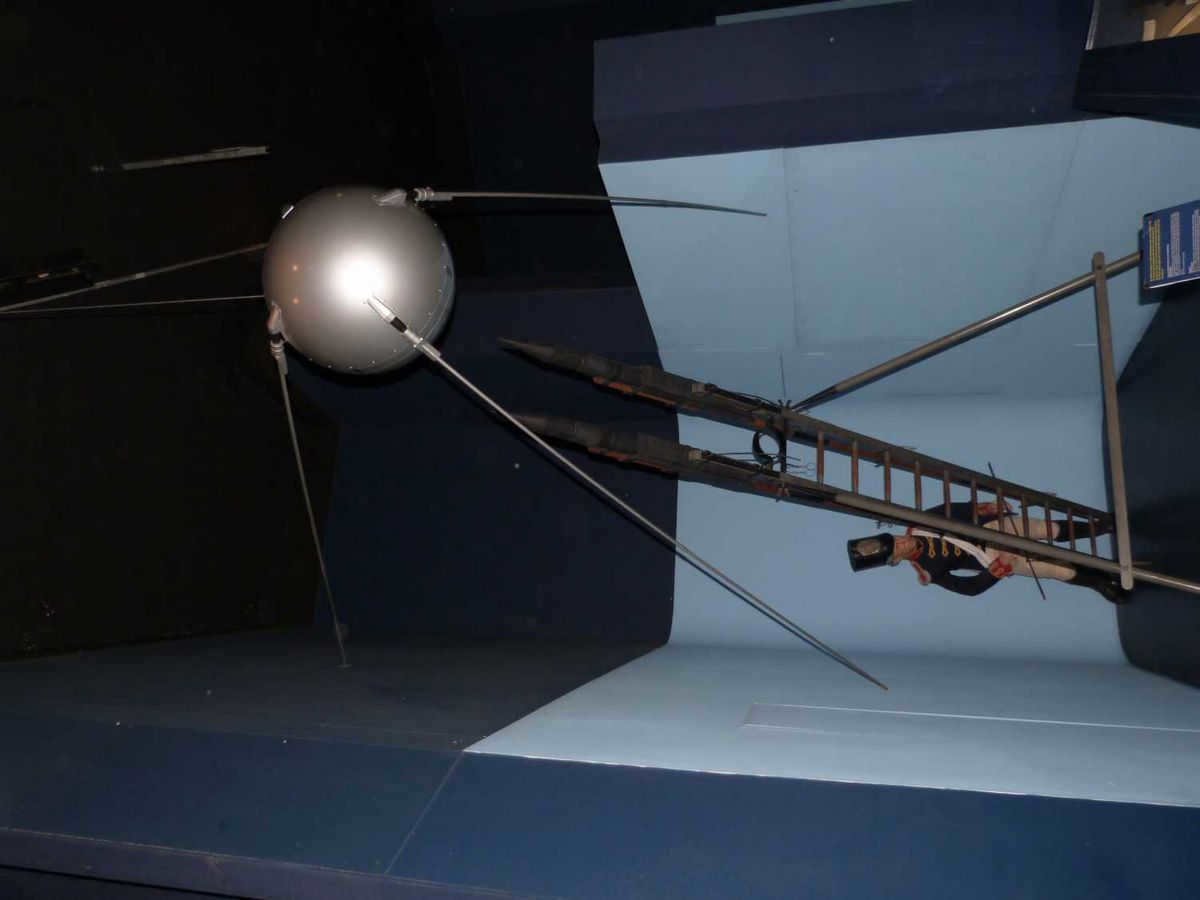
– According to a report by The New York Times, the technical details and the development process of the first satellite were initially kept undisclosed. It was only later revealed that there were difficulties during the launch. The rocket carrying the satellite veered off its intended path, as one of its components experienced a delay in generating thrust. A split second made all the difference, but ultimately the launch was a success.
– It is conceivable that certain components of the satellite may have been conserved. There is a possibility that fragments of it might still descend to the Earth’s surface. An individual in Encino recollected discovering a peculiar pipe in his backyard. Scientists have ascertained that it matched the one on the original man-made satellite of the Earth. No one has been able to substantiate that the discovery belonged to the satellite.
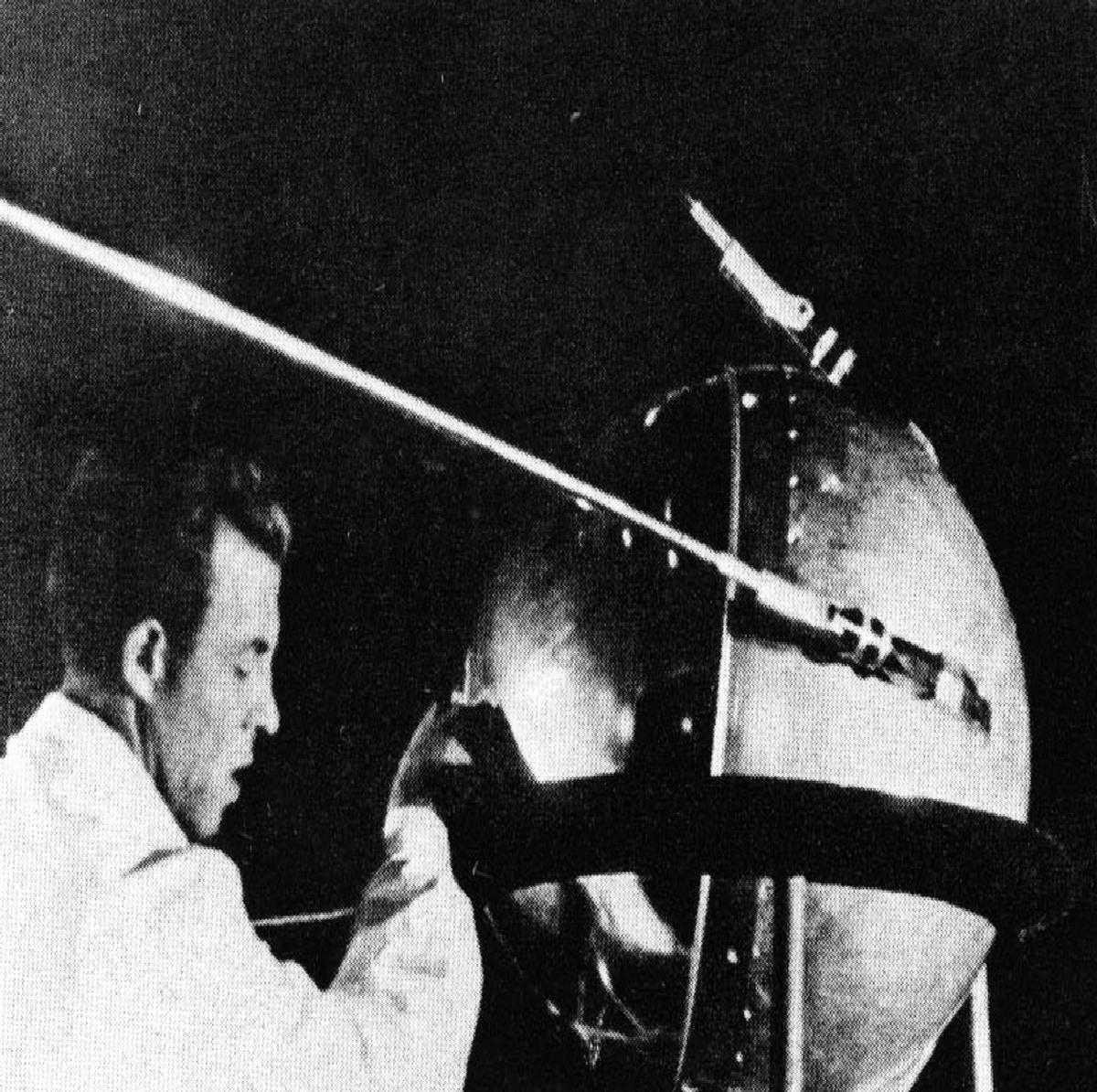
How the USSR successfully created and launched Sputnik-1, while the US missed the opportunity
In October 2017, Anatoly Zak wrote an article for Popular Mechanics stating that “60 years later, Sputnik-1 may seem insignificant compared to the advanced satellites and probes sent into space. However, its impact on the world cannot be underestimated.” The governor of Michigan at the time even composed a poem acknowledging Moscow’s superiority in the field of space exploration.
We should not forget the names of a few individuals who played a crucial role in the successful launch of Sputnik-1. These individuals include Mikhail Tikhonravov, Sergei Korolev, and Mstislav Keldysh. Tikhonravov acted as a staunch advocate for the satellite program and served as the head of the department responsible for the design of these innovative objects. Similarly, Keldysh assumed the important position of overseeing the scientific and technical council involved in the creation of the first artificial satellite.
Korolev, on the other hand, was responsible for the design of both the rocket and space systems. It was under his guidance that the groundbreaking rocket was developed, ultimately leading to the successful placement of the satellite into Earth’s orbit. In fact, it was Korolev himself who first coined the term “Sputnik”. In public, he referred to Sputnik-1 as a miniature moon, with fellow scientists reminding him of his remarkable rocket advancements.
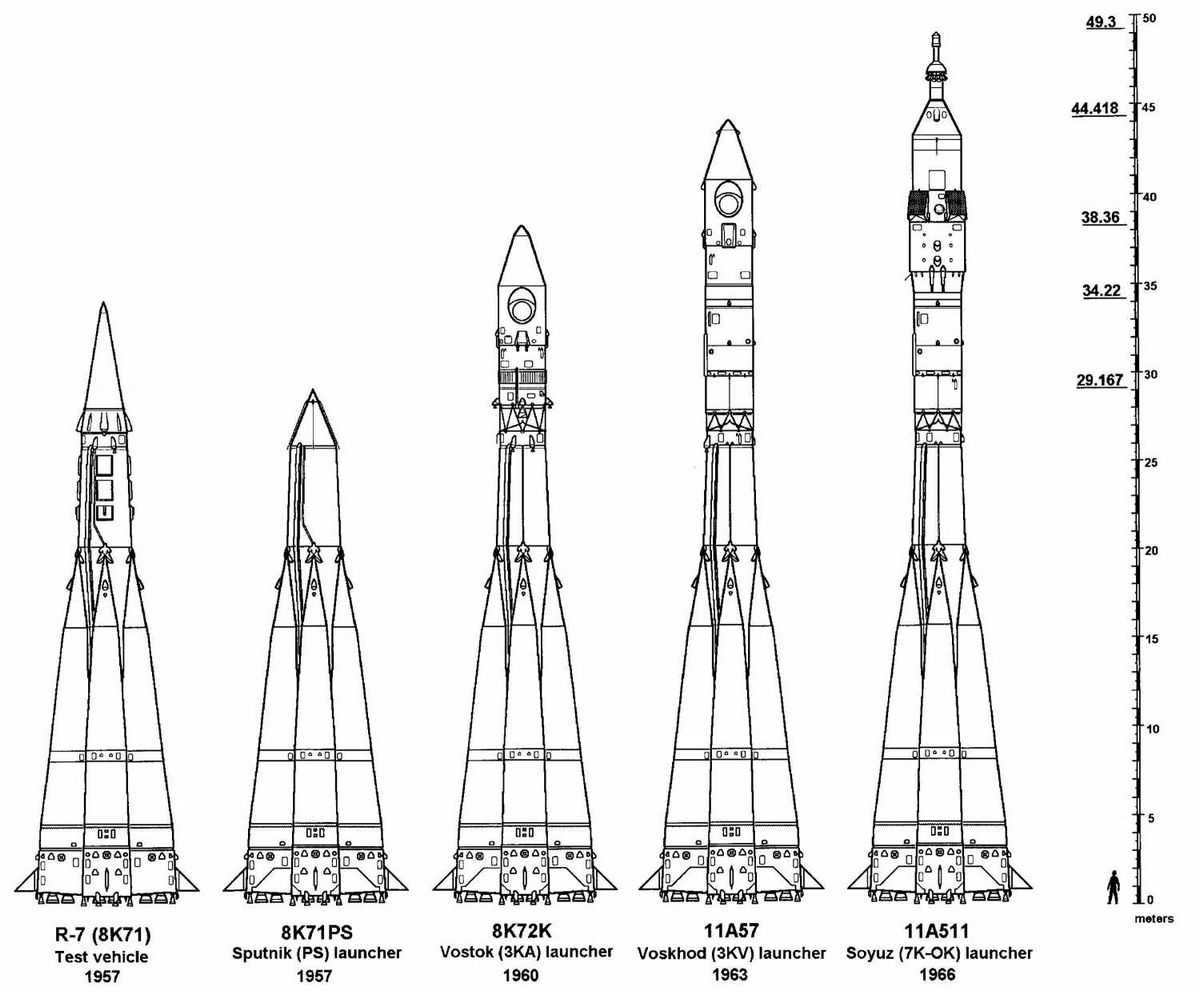
In November 1957, Sputnik-2 was successfully launched, marking the first time a living creature, a dog named Laika, was sent into orbit. The launch of Sputnik-2 was made possible by the previous success of Sputnik-1. The decision to accelerate the launch of Sputnik-2 was personally requested by Nikita Khrushchev, as he aimed to solidify the Soviet Union’s growing superiority in space exploration over the United States.
The United States launched a satellite that weighed a mere 13 kg, yet it managed to complete over 58,000 orbits around the Earth. Explorer 1, as it was called, carried a Geiger counter on board, which allowed scientists to make a groundbreaking discovery – the presence of a highly concentrated radiation belt. Subsequent missions and satellite launches confirmed the existence of multiple belts, which we now know as the Van Allen radiation belts.
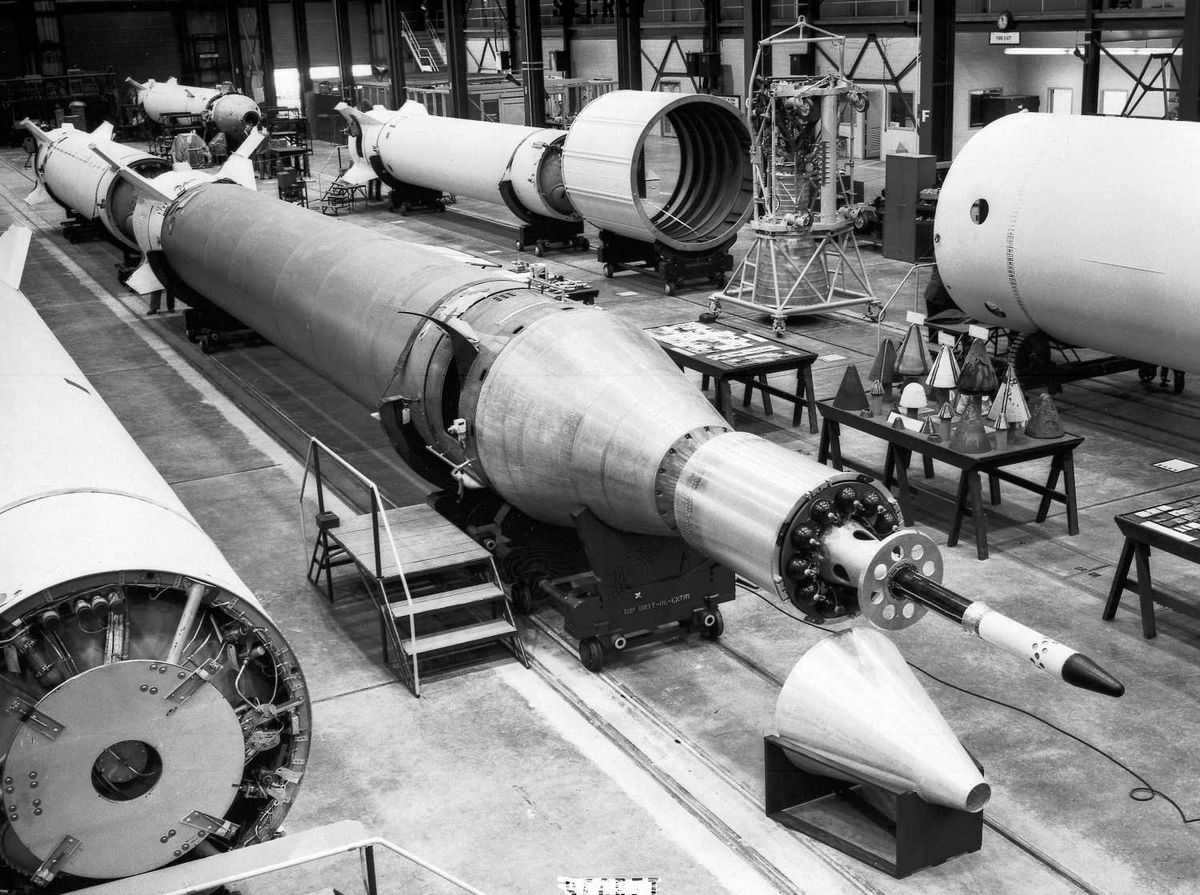
According to NASA historians, the launch of the satellite in the Soviet Union was seen as a technological achievement rather than a purely scientific device. In their commemoration of the 50th anniversary of the launch, they stated that “Sputnik captured the world’s attention and caught the American public off guard. There was fear that the USSR could outpace the United States in military advancements as well.”
The Soviet Sputnik 1 had an impact on the field of science, despite not being equipped with specialized scientific instruments. Its launch enabled researchers on Earth to study atmospheric density and gain insight into the functioning of radio signals. This event also sparked the development of satellite braking theory and the emergence of a new scientific discipline known as space geodesy.
Sputnik-1’s influence extended beyond scientific advancements and affected the reputation of the USSR’s space industry. In the initial days after its launch, its radio signals were transmitted by radio stations worldwide. Television programs highlighting scientific topics and space exploration began to gain popularity. The launch of Sputnik-1 even inspired women to sport hairstyles reminiscent of the satellite itself.
The Impact of the Launch of Sputnik 1 on Researchers and the World
According to NASA, the launch of Sputnik 1 sparked significant advancements in technology across various fields. In terms of appearance, Sputnik 1 was likened to a simple inflatable ball. Furthermore, NASA asserts that it was this satellite launch that truly ignited the space race between the USSR and the United States, ultimately leading to Yuri Gagarin’s historic flight and the American moon landing.
“Sputnik-1” played a crucial role in the history of space exploration as its successful launch served as a catalyst for new advancements in the field. Within the USSR, the mission also represented Khrushchev’s commitment to showcasing Soviet superiority in the realm of aerospace. This is why he ultimately agreed to the compromise regarding the satellite.
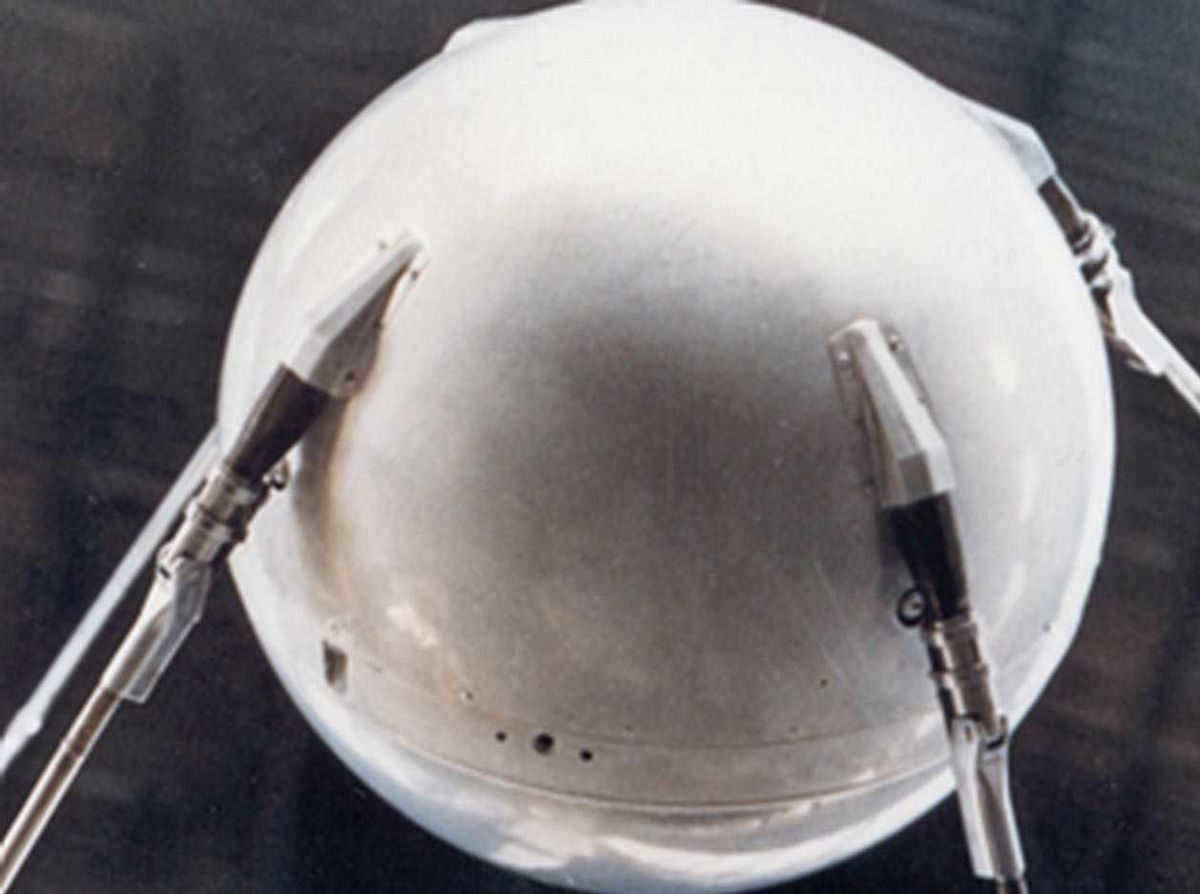
According to space historian Cathy Lewis, the USSR did not originally intend to launch the satellite, but rather built it to have a long lifespan. Meanwhile, scientists in the USA were advocating for the launch of a comprehensive civilian satellite system, but they were outdone by the USSR. Local media and scientific journals hailed the launch as a triumph for science.
In the United States, the satellite launch had a different impact. It was the first time that people in the U.S. truly feared the possibility of space bombs or similar forms of attack. Just a month prior, the USSR had tested the R-7 intercontinental ballistic missile, which would later be used to develop the launch vehicle for Sputnik-1.
The cultural impact of the satellite’s launch was also significant. Following this event, the word “Sputnik” became widely adopted in many languages around the world. In 2017, as part of the New Horizons mission, scientists named one of the 14 objects they discovered on Pluto after Sputnik-1. These objects were all given names in tribute to various historical space missions.
The presence of “Sputnik 1” had a profound impact on American students, sparking a surge of interest in science and serving as a source of inspiration during the space race. William H. Davidow, a computer engineer and venture capitalist, vividly remembers the moment he first learned about the satellite: “At that moment, I had to make a critical decision: should I pursue a career in business or in science? Ultimately, I chose to become a scientist.” This pivotal choice ultimately led to his position as the head of Intel’s microprocessor division.
Reflecting on the influence of “Sputnik 1,” The New York Times even published an article titled “How Satellite Changed Us.” In the scientific community, 1957 is widely known as the International Geophysical Year. The successful launch of Sputnik 1 marked a significant shift in the Soviet-US rivalry, as it shifted the focus away from military competition and towards the exploration of outer space.
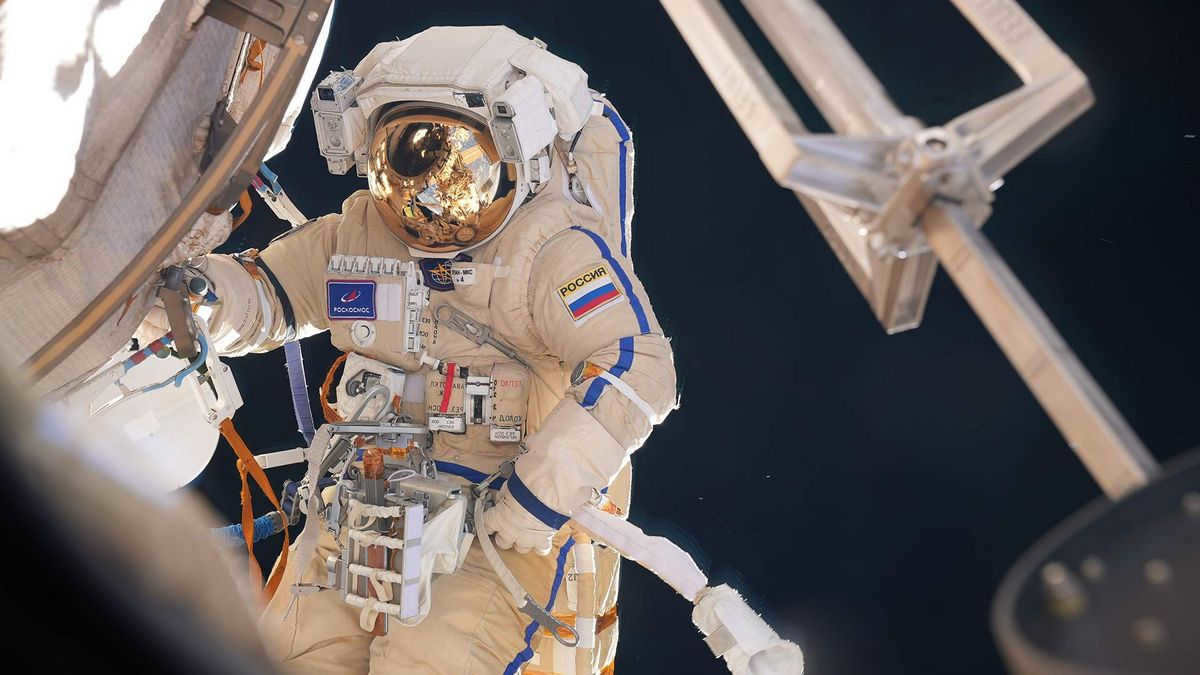
April 12 marks the celebration of a momentous event that shaped the course of the entire 20th century: Yuri Gagarin’s historic journey into space. Since that momentous occasion, humanity has achieved remarkable milestones in space exploration, including lunar landings, missions to Mars and Venus, the launch of a space telescope, and the establishment of an international space station in orbit. These endeavors have resulted in numerous scientific breakthroughs and have positioned our country as a symbol of a future once deemed unattainable. As Cosmonautics Day approaches, Izvestia reflects on the significant accomplishments of the Soviet Union and Russia in space and examines their plans for the future.
The era of space exploration began on October 4, 1957, when Soviet scientists successfully launched the first artificial satellite into orbit. The signal from Sputnik-1 confirmed that a momentous event had occurred. American radio enthusiasts Charles Wood and Charles Teeters were able to pick up the distinctive “beep-beep-beep-beep” signals from the satellite, which soon became part of popular culture. Interestingly, the satellite went undetected by American air defense systems, adding to the intrigue of this historic achievement.
The initial living being to orbit the Earth

In August 1960, the Soviet Union launched two dogs, Belka and Strelka, into space in an attempt to conquer the final frontier. These brave canines completed an impressive 17 orbits around the planet within a single day before safely returning to Earth. The world was captivated by their incredible journey, and their names became synonymous with the daring spirit of space exploration. Thanks to the success of Belka and Strelka, the idea of manned space flight ceased to be just a fantasy and became a tangible reality. It was clear that the Soviet Union was a force to be reckoned with in the race to conquer space.

The pioneers of space exploration
On April 12, 1961, a groundbreaking event took place as the Vostok rocket successfully blasted off from Baikonur, carrying a courageous individual on board. This individual was Yuri Gagarin, a 27-year-old Soviet military pilot, who etched his name in the annals of history as the very first human to venture into the vastness of outer space. After completing a full revolution around our planet, Yuri Gagarin touched down in the Saratov region, marking the end of his awe-inspiring 1 hour and 48-minute journey.
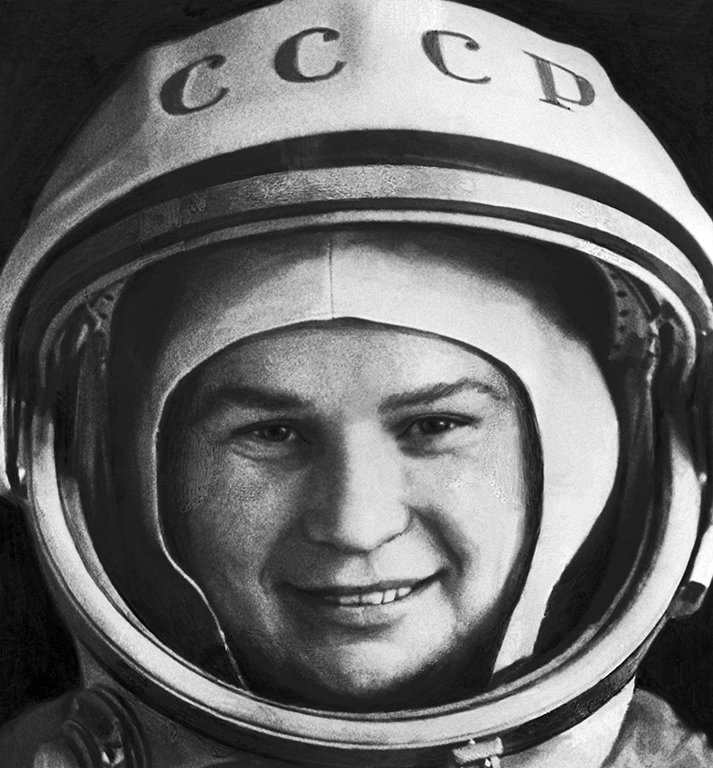
After a span of two years, the USSR witnessed another remarkable achievement when Valentina Tereshkova, a Soviet pilot, became the first woman to embark on a journey to outer space. On June 16, 1963, Tereshkova’s historic flight commenced and extended for nearly three days, encompassing 70 hours and 50 minutes. Throughout this extraordinary period, Tereshkova covered a distance of approximately 2 million kilometers, completing 48 revolutions around the Earth.
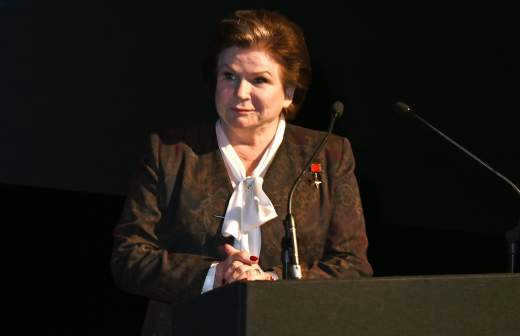
Newspaper Headlines on Gagarin and Tereshkova’s Historic Flights
The news of the first human in space spread rapidly across the globe. The TASS report quickly became the most widely shared, and the image of 27-year-old Yuri Gagarin adorned the front pages of renowned international publications such as The New York Times, Time, and Newsweek. Tereshkova’s journey received no less attention from the media. “The world stands in awe,” reported Colombia’s El Tiempo. “It is unfortunate that we were not the first,” quoted Jerry Cobb, a female pilot from Oklahoma, in The Philadelphia Inquirer.
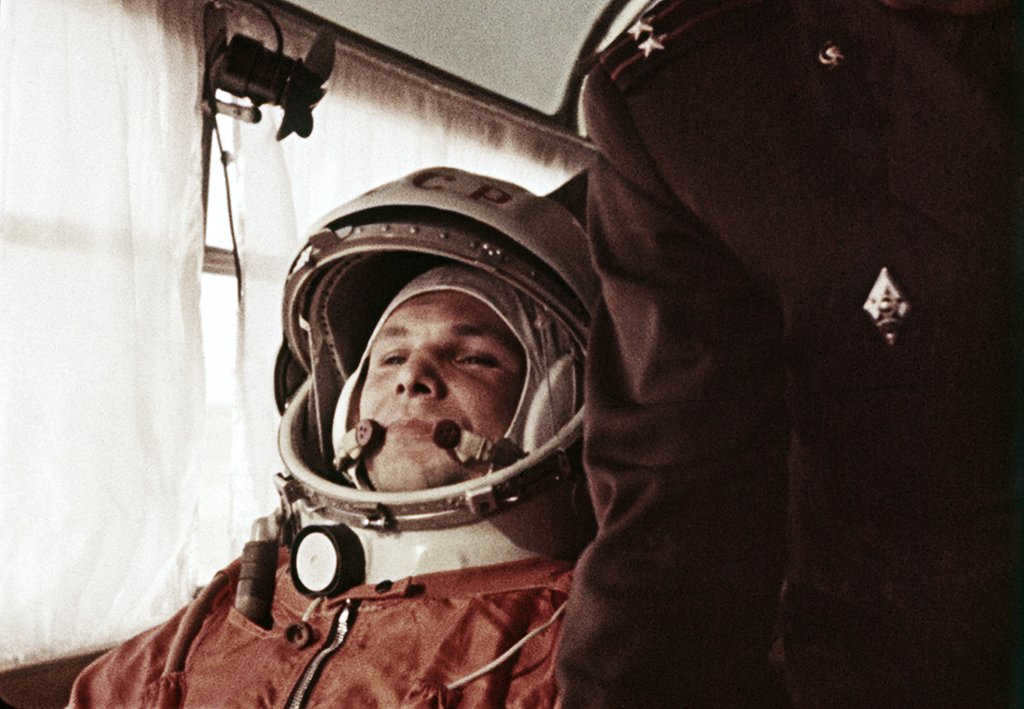
On April 12, 1961, Yuri Gagarin, a Soviet pilot, became the first cosmonaut to journey to the launching complex of the Baikonur Cosmodrome, marking a historic moment in human space exploration.
Exploring the Outer Limits
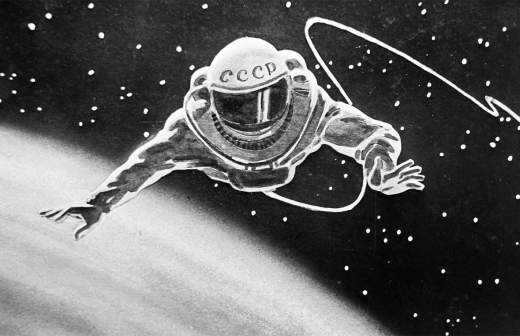
Svetlana Savitskaya made history as the pioneer woman to venture into the vast expanse of outer space. In the remarkable year of 1984, she bravely embarked on a mission that lasted over three awe-inspiring hours outside the Salyut-7 orbital station. Moreover, Svetlana Savitskaya accomplished yet another groundbreaking feat as she became the first woman to undertake two space flights, solidifying her indelible mark on the annals of space exploration.
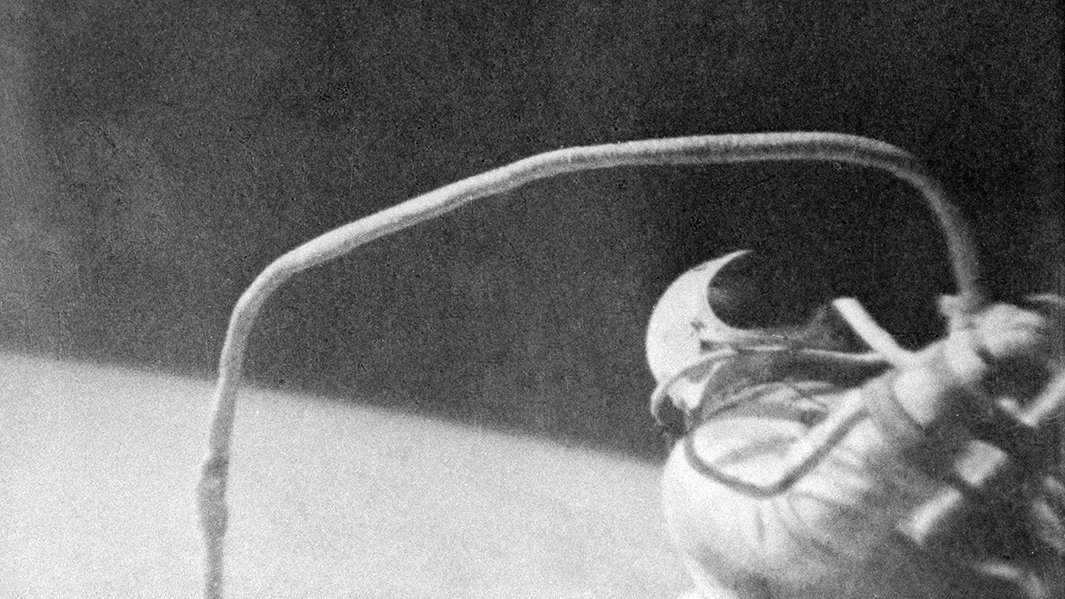
When the First Satellite was Launched in the USSR
In 1972, scientists launched the Pioneer 10 spacecraft with the purpose of exploring Jupiter. Surpassing expectations, it managed to break free from the gravitational pull of the Sun in 1973, becoming the first spacecraft to accomplish this feat. Moreover, Pioneer 10 captured the first-ever photographs of Jupiter taken from space. Present-day researchers are now setting their sights on future missions to Jupiter, Saturn, Uranus, or Neptune, employing nuclear propulsion systems currently under development in Russia. According to Alexander Bloshenko, the executive director of Roscosmos for advanced programs and science, the inaugural mission of the Zeus nuclear tugboat will involve an exploration of Jupiter’s moons in search of signs of life. Lev Zeleny, the scientific director of the Institute of Space Research (IKI) of the Russian Academy of Sciences, explained in 2021 that this mission will not take 40 years like the American Voyager spacecraft, but will be significantly faster.
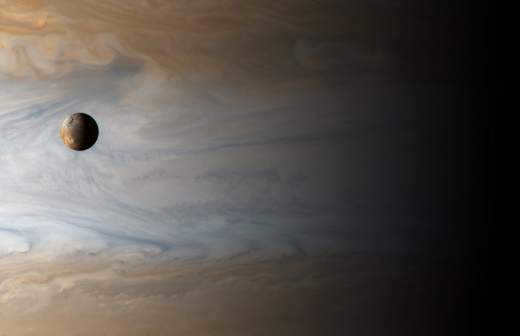
Alexander Bloshenko, the Executive Director of Roscosmos, discusses the scientific mission of the Zeus nuclear tugboat, the cost of advanced technology, and the challenges posed by sanctions.
Anticipating the Arrival of Russian Cosmonauts on the Moon
The Moon has consistently been a focal point in both global and domestic space exploration. The pioneering Soviet station, Luna-2, was the first to successfully land on the Moon’s surface on September 14, 1959. This remarkable achievement was followed by Luna-3, which captured the first-ever photo of the Moon’s far side. In 1970, the self-propelled vehicle Lunokhod-1 made history as the first vehicle to be landed on the Moon, where it remained for 10.5 Earth months or eleven lunar days.
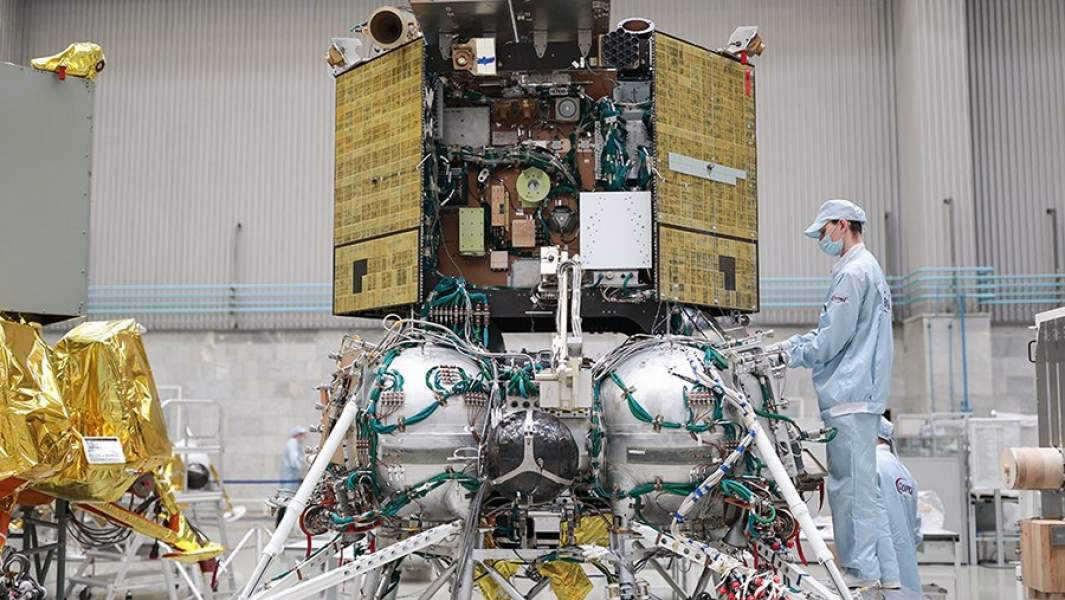
In the present day, the scientific community in Russia is actively revitalizing their lunar aspirations. The Russian Academy of Sciences’ Institute of Space Research (IKI) predicts that our astronauts will have the opportunity to journey to the Moon within the next ten years. As part of their lunar program, Russia is also making preparations to dispatch an automated landing vehicle known as Luna-25. This project is just one of many ambitious endeavors within the realm of domestic space exploration. According to “Roscosmos,” the flight of Russian astronauts will cost four times less than the launch of a lunar mission by NASA, thanks to Soviet advancements and innovative solutions.
Russian Orbital Station (ROS): The Future of Space Exploration
In an exciting development, Roscosmos has announced its plans to withdraw from the joint International Space Station (ISS) program and embark on a new journey to create a Russian orbital station called ROS. While the station’s design has already been outlined, construction is set to commence in 2028. The ROS is envisioned as a versatile and expandable multi-modular station, staying true to the time-tested scheme that was initially developed during the USSR era. This approach is widely regarded as the simplest and most logical solution. At the core of ROS will be the NEM, a cutting-edge science and energy module that will serve as the foundation of the station. The station’s orbit is projected to be polar, enabling it to traverse across the Earth’s movement. This strategic positioning will provide the opportunity to gradually observe the entire planet from the vantage point of the station.
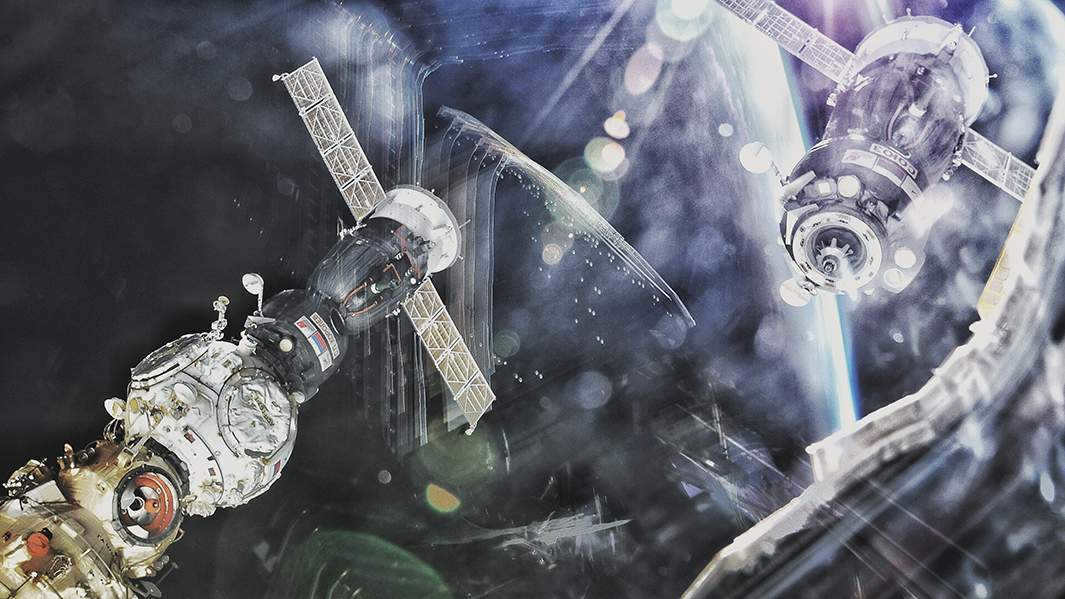
Russian GLONASS Satellite System
There are currently three global navigation satellite systems operating worldwide – the American GPS, the Chinese BeiDou, and the Russian GLONASS. The GLONASS system, designed for use within Russia, allows for location determination with an impressive accuracy of up to 2 meters. It is comprised of 24 satellites that orbit above the Earth’s surface. The key distinction between GLONASS and GPS is that GLONASS satellites do not synchronize their orbital motion with the Earth’s rotation, resulting in increased stability and reliability.
